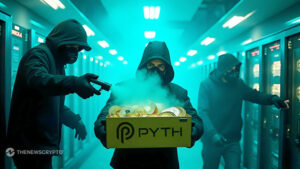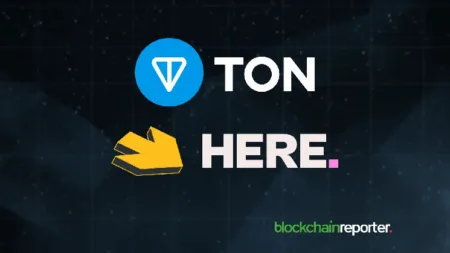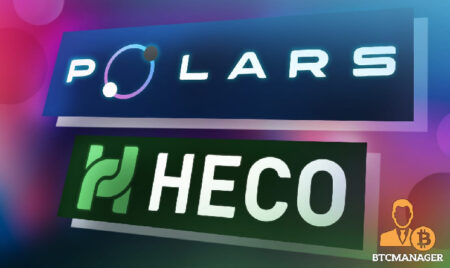When a new Layer-1 blockchain emerges on the scene with a promising new architecture that either improves scalability, security, decentralization or simply provides newer features for a specific segment of the Web3 industry, the result is almost always the same. The price of its native cryptocurrency token rockets as interest in the new project spreads like wildfire.
—
But just as inevitable as this explosion of optimism in any new blockchain with a fundamentally solid architecture, is its subsequent decline once that interest begins to wane.
In this way, blockchain is no different to any other industry, in which periods of growth are followed by decline. To survive the inevitable downturn, blockchain projects must not only fulfill their initial promises, but also play it by ear to an extent, and evolve in tune with the demands and trends of the wider Web3 industry.
Reigniting Growth
The lifecycle of blockchain projects can be broken down into four stages, starting with the introductory phase that begins following its first announcement and followed by a “growth phase” that accelerates with the launch of its testnet, mainnet and token airdrop. Inevitably, projects reach a “maturity” phase generally around the time their tokens are listed on CEX platforms, and that’s when interest starts to wane, giving way to a phase of “decline”.
There are plenty of real-world examples of how this plays out. A case in point is Chromia, who’s path to “re-growth” was spotlighted in a recent report by Tiger Research. When Chromia first launched its testnet in early 2021, interest in the project soared and the price of its CHR token went to the moon. However, by mid-2022 interest in its efforts had seriously cooled.
Image via Tiger Research
But instead of disappearing into obscurity, the Chromia team successfully navigated what Tiger Research terms as the “cool-down phase” by doubling down on its key differentiator, namely its integrated relational database capabilities, which make it an ideal blockchain for AI use cases. Besides strengthening its technical capabilities around its proprietary Rell programming language, it has also worked hard to expand its underlying ecosystem while addressing new narratives such as the intersection of blockchain and AI.
Chromia’s key advantage is that, while most traditional blockchains leverage a simple key-value storage system for basic transactions, its Rell programming language incorporates the traditional Structured Query Language, enabling developers to use familiar programming expressions to manipulate and query on-chain data. This makes Chromia a more useful blockchain platform for implementing DeFi and gaming applications that require more complex transactions. It also makes its blockchain more suitable for storing data that can be used to train AI.
Perhaps the most interesting example of a project that’s bounced back from its initial decline is TON, which abandoned by its founders, who originally built the popular Telegam app. However, the TON community took over the reins and stepped up their integration plans with Telegram, tapping into its millions-strong user base. TON has since emerged as one of the top blockchain gaming chains with an ecosystem of more than 200 mobile games, and its native token has been one of the top-performing cryptocurrencies in the year to date.
Bouncing Back
The story of these projects underscores that while every blockchain sets out on the same path, their fortunes will diverge very quickly. As sure as night follows day, a decline is unavoidable once the initial hype fades away.
However, those projects that knuckle down and get to work on fulfilling their early promises, adapting to the realities of the industry as they evolve, can find a way to reignite themselves and deliver far more sustainable growth. By focusing on technological development, catering to the needs of their developers and users alike, blockchains can quickly recapture that lost market share and establish themselves as an essential infrastructure layer for Web3’s long-term future.
Read the full article here









